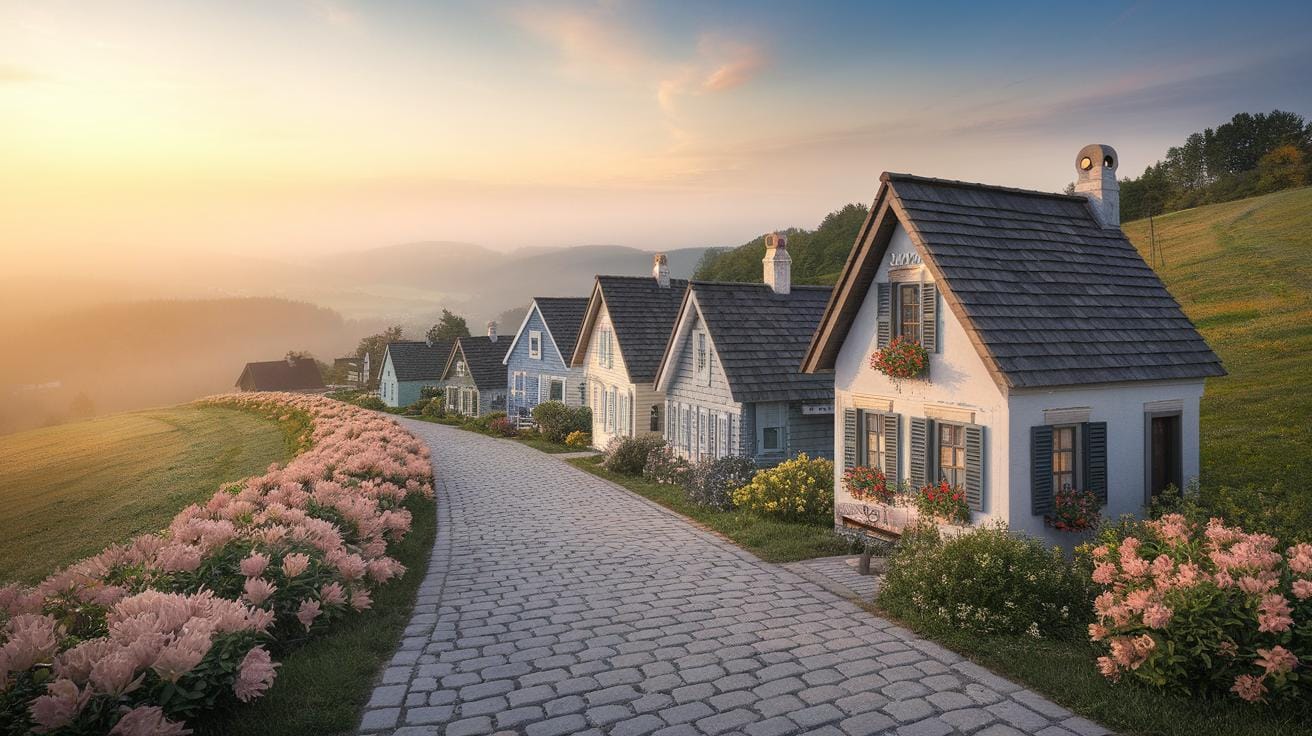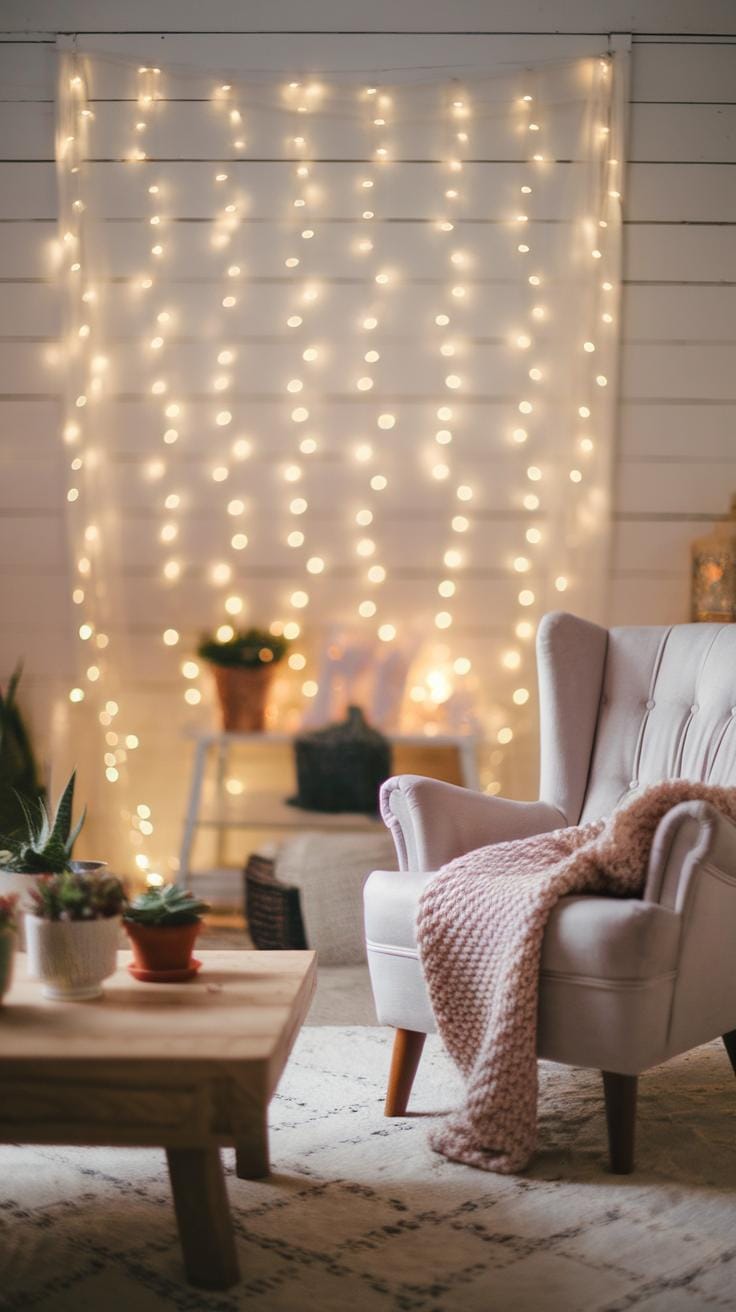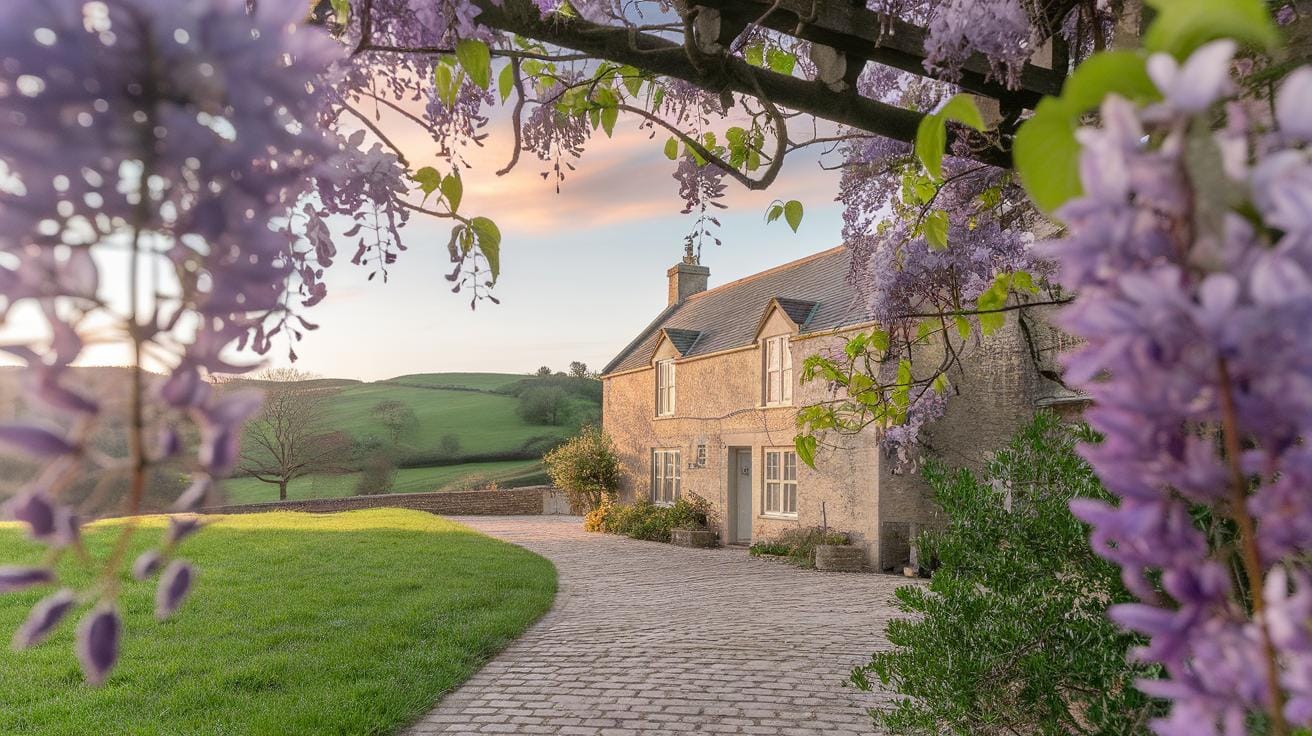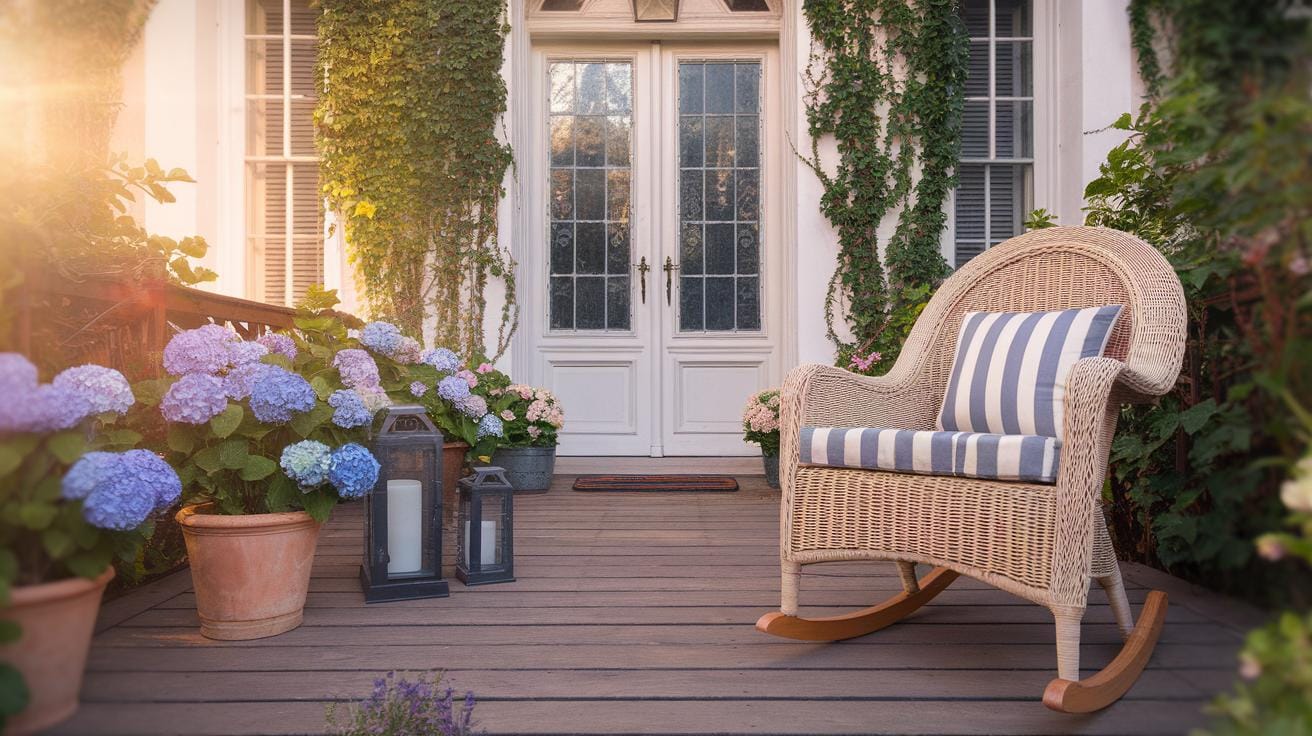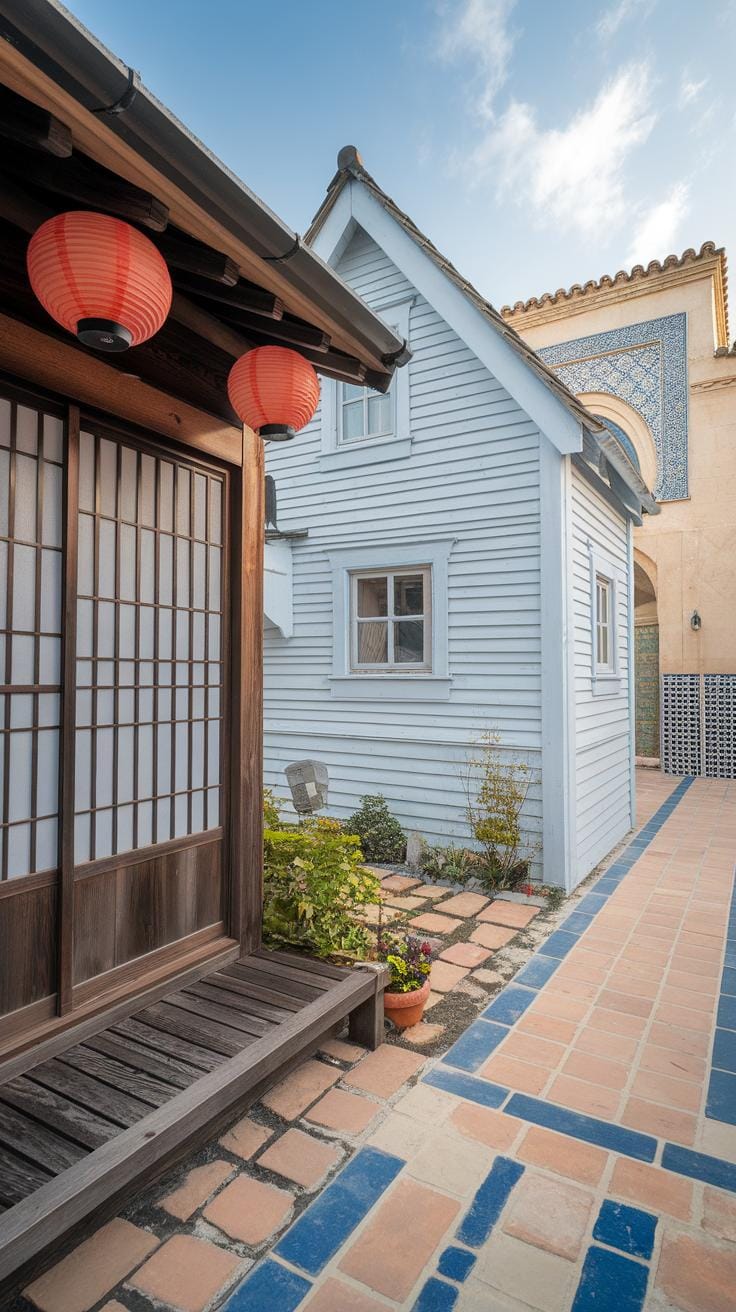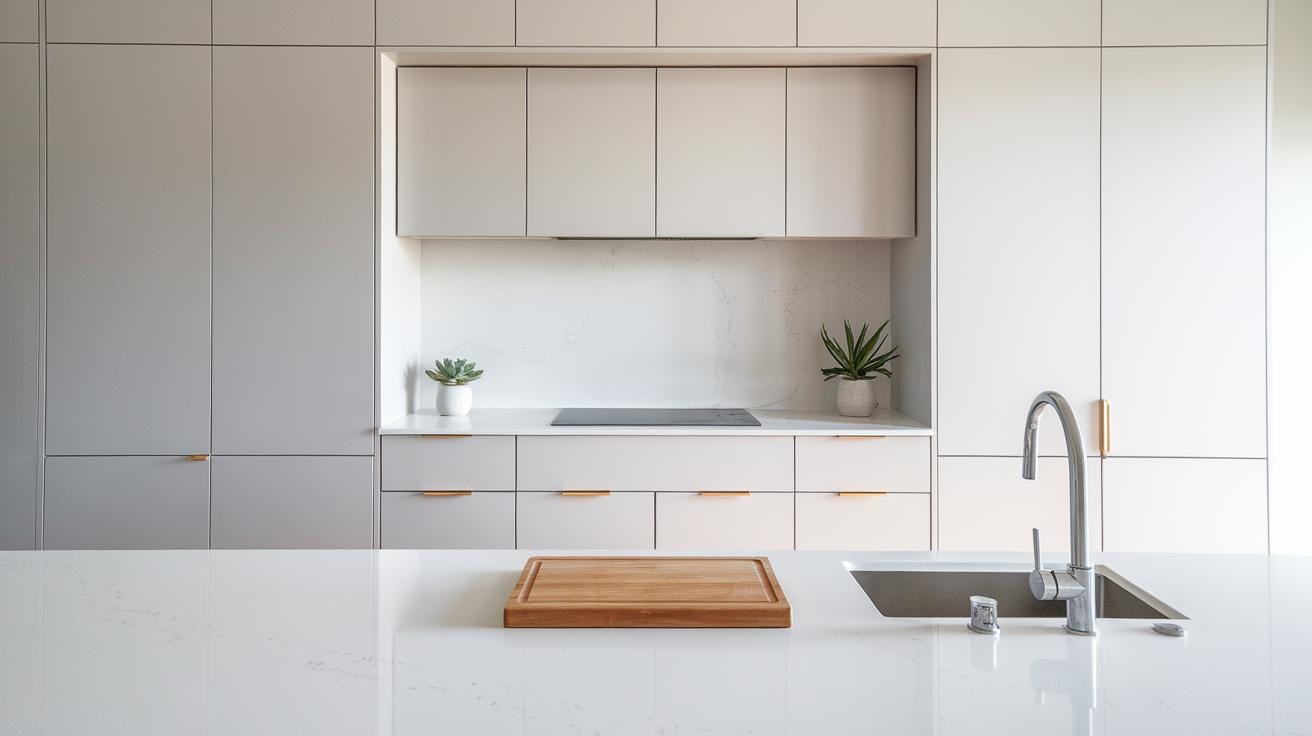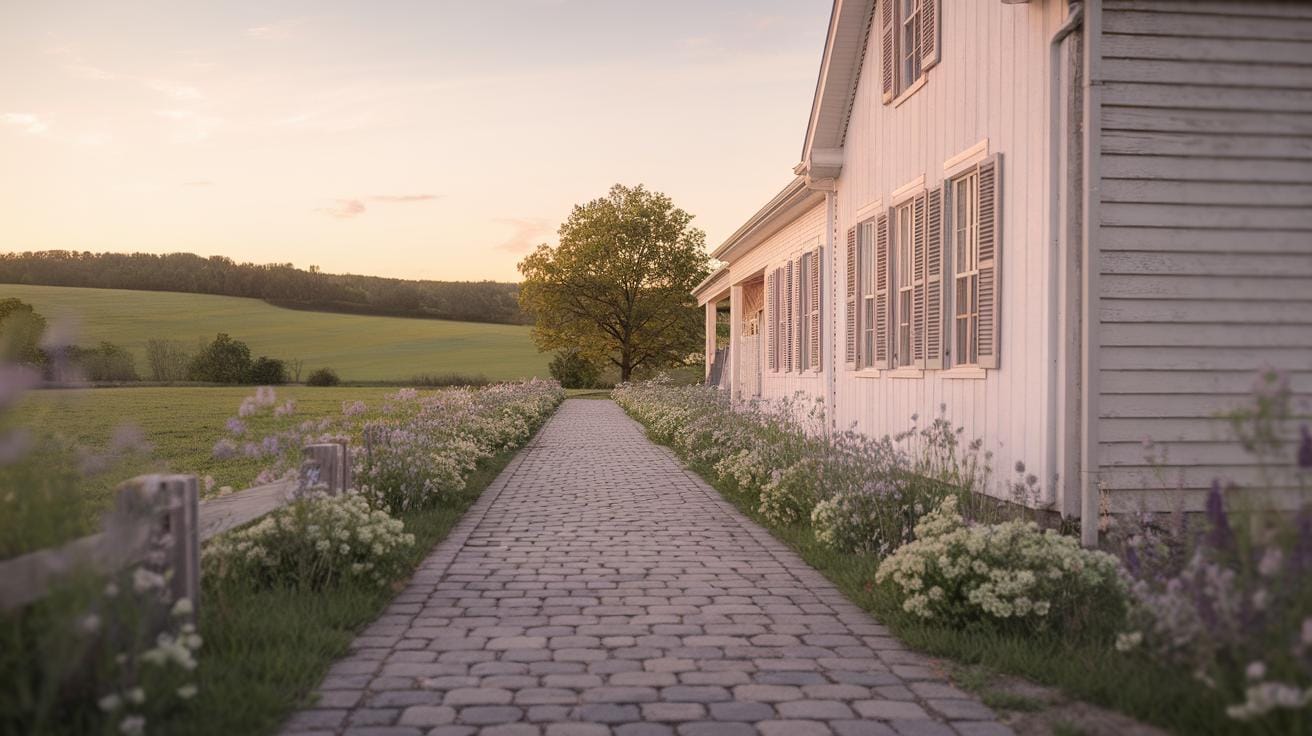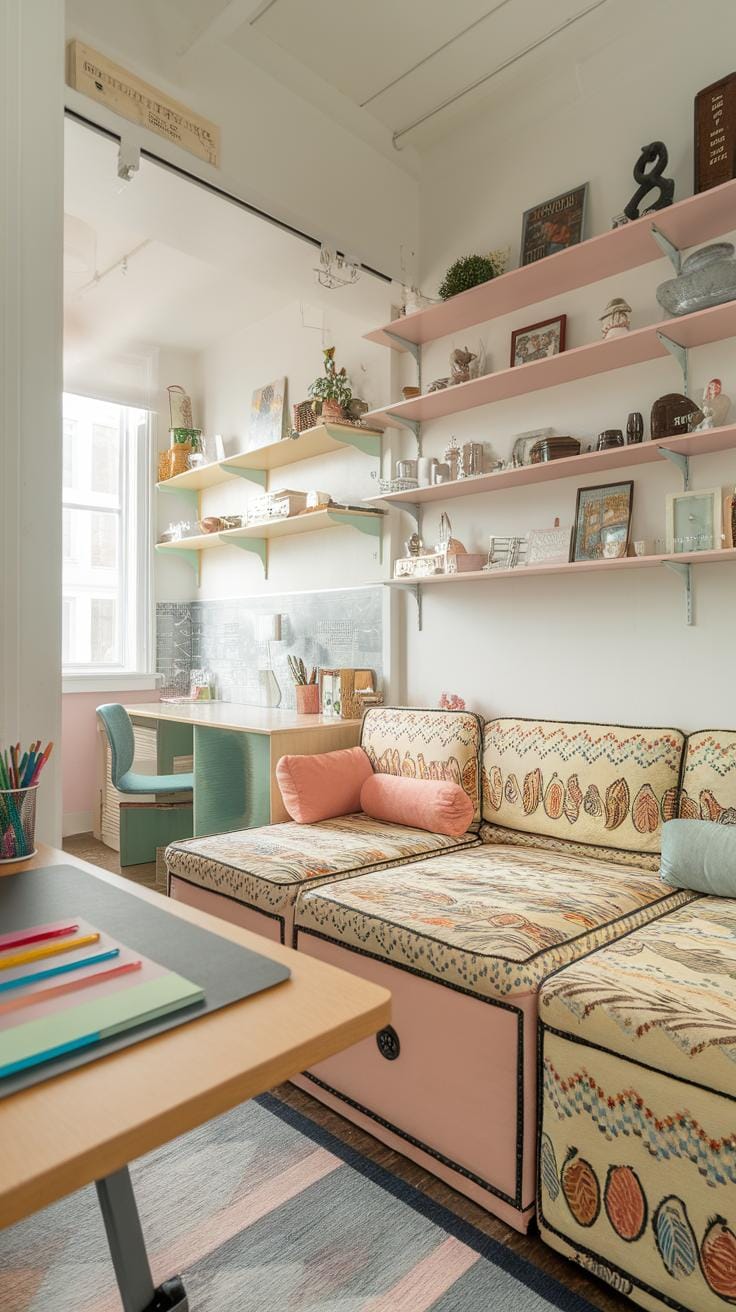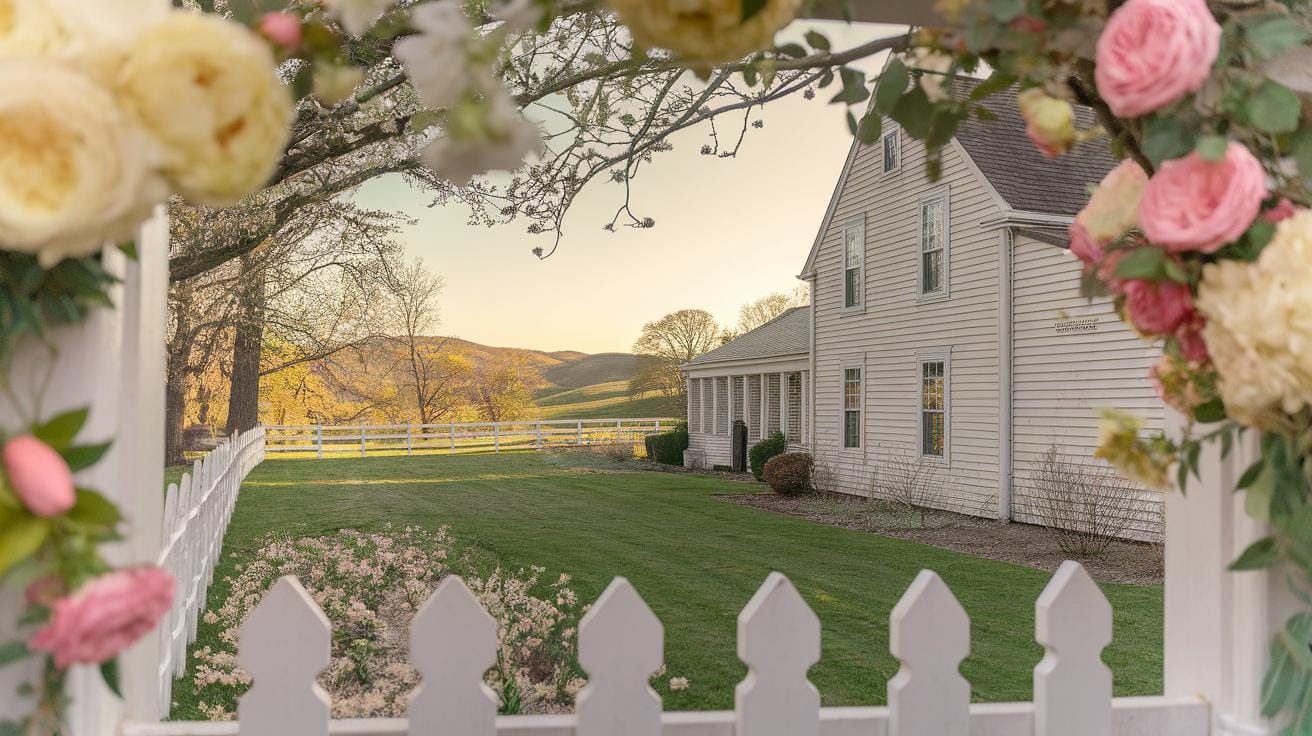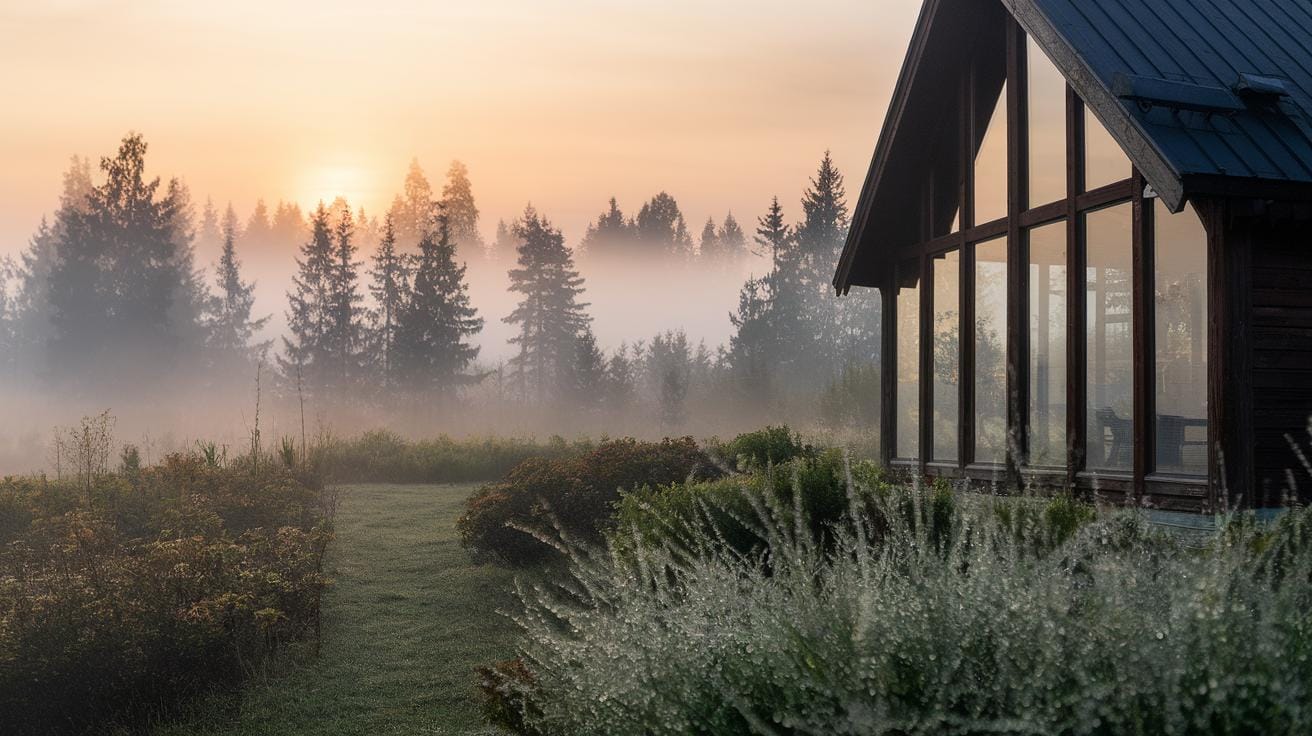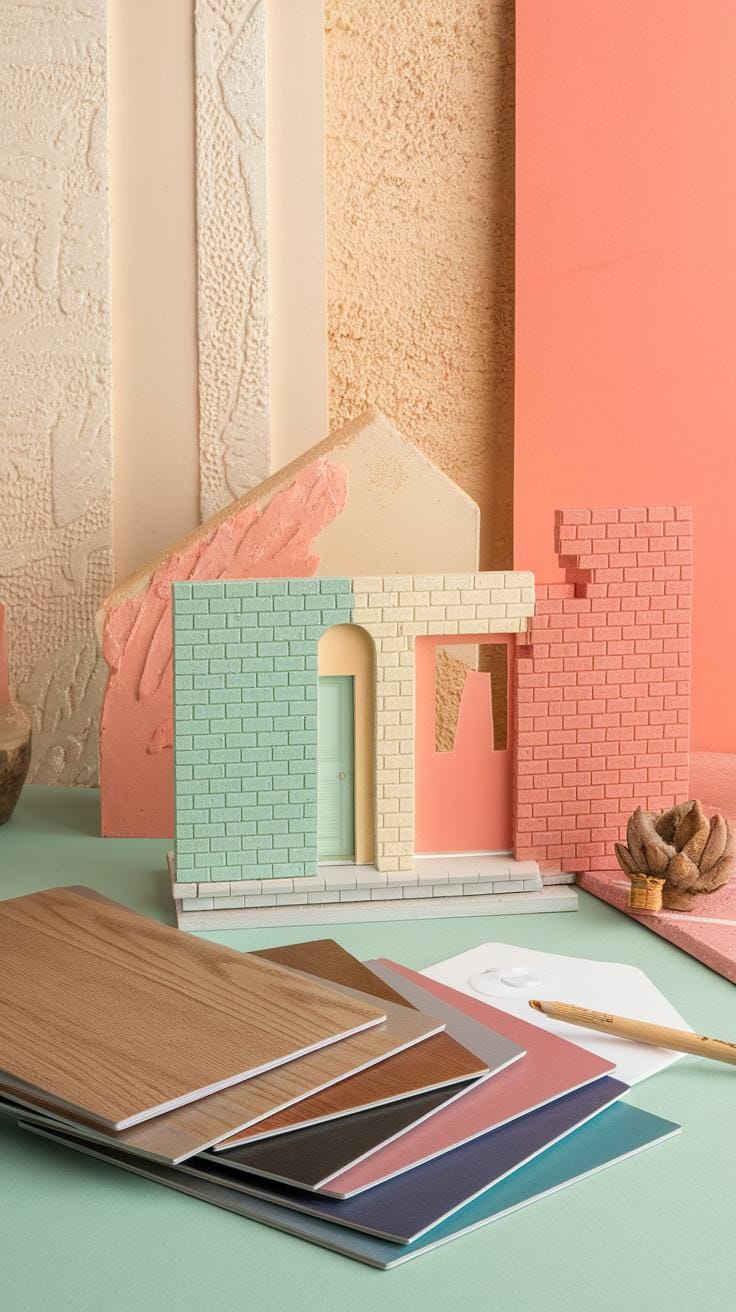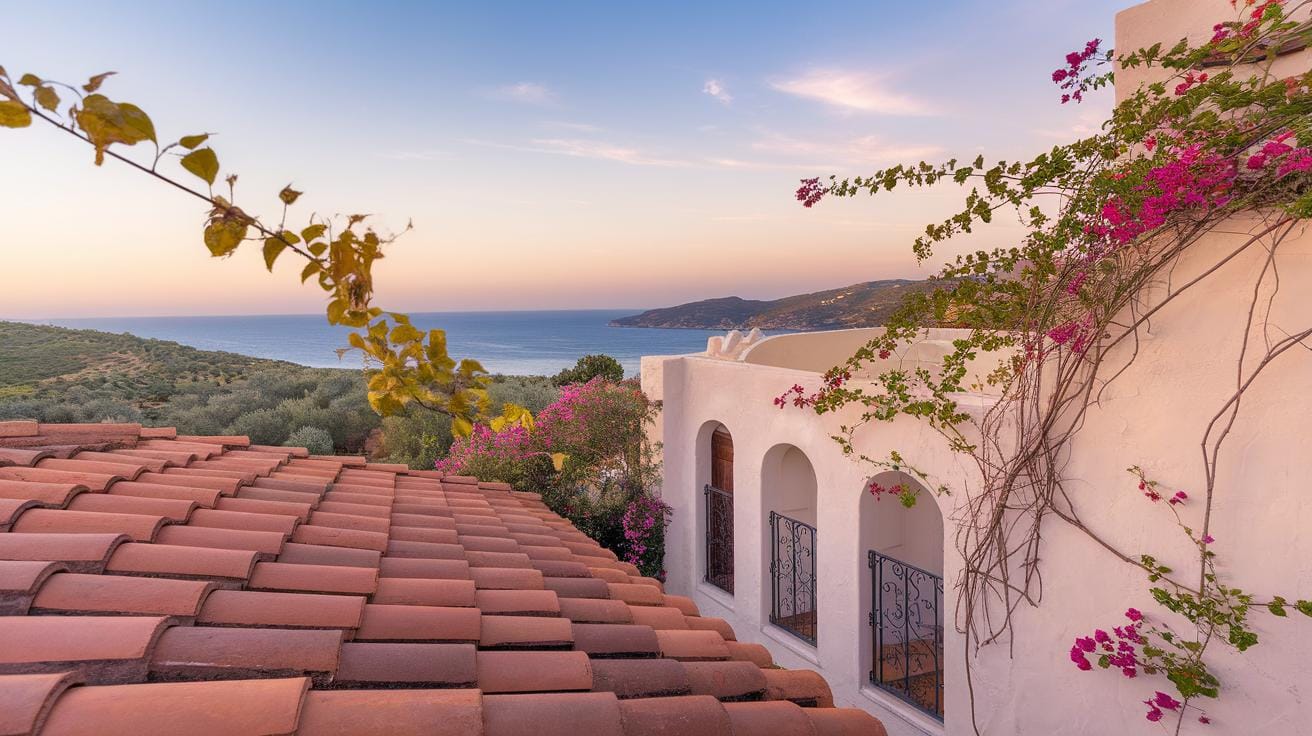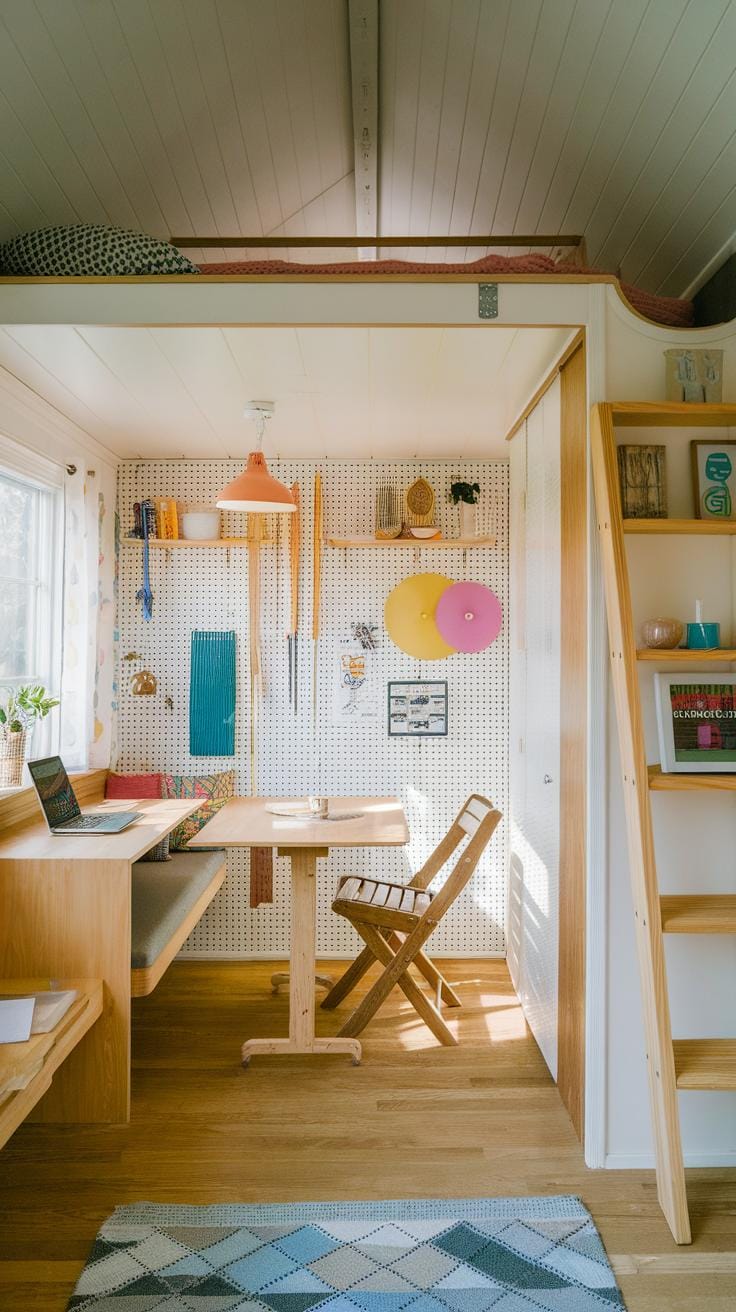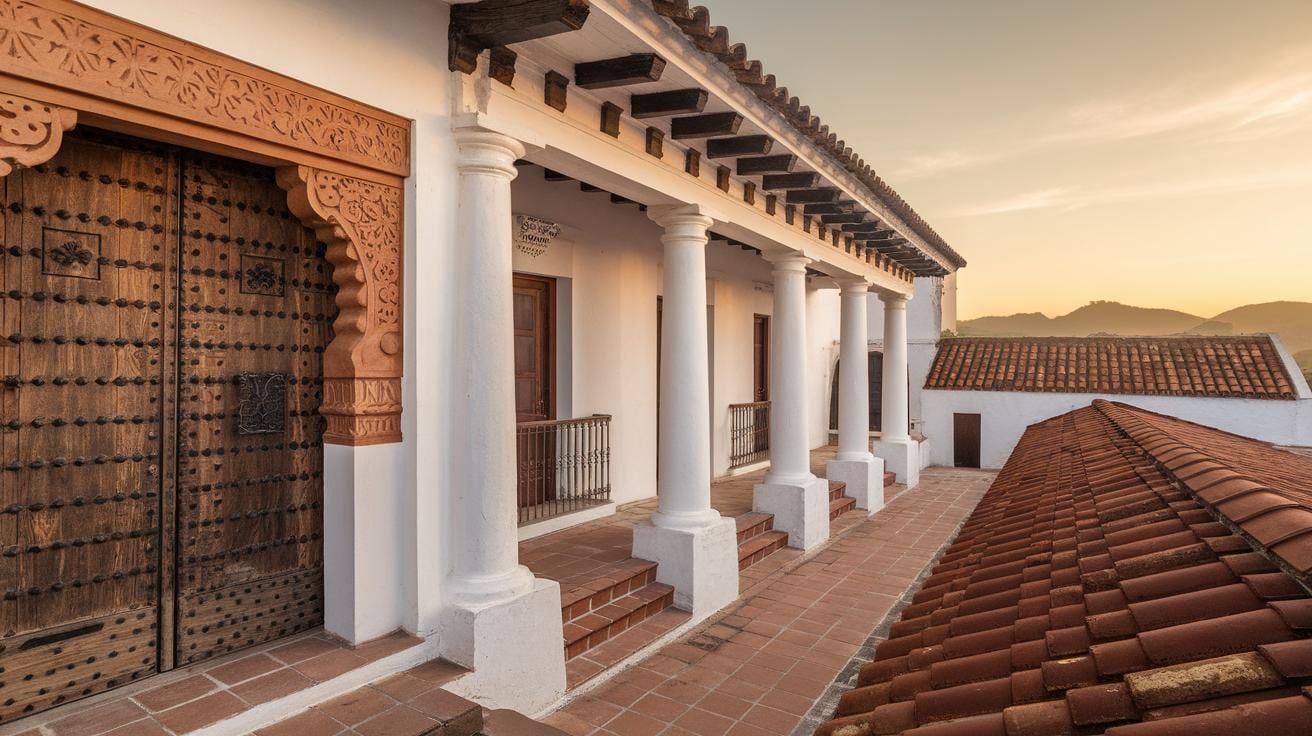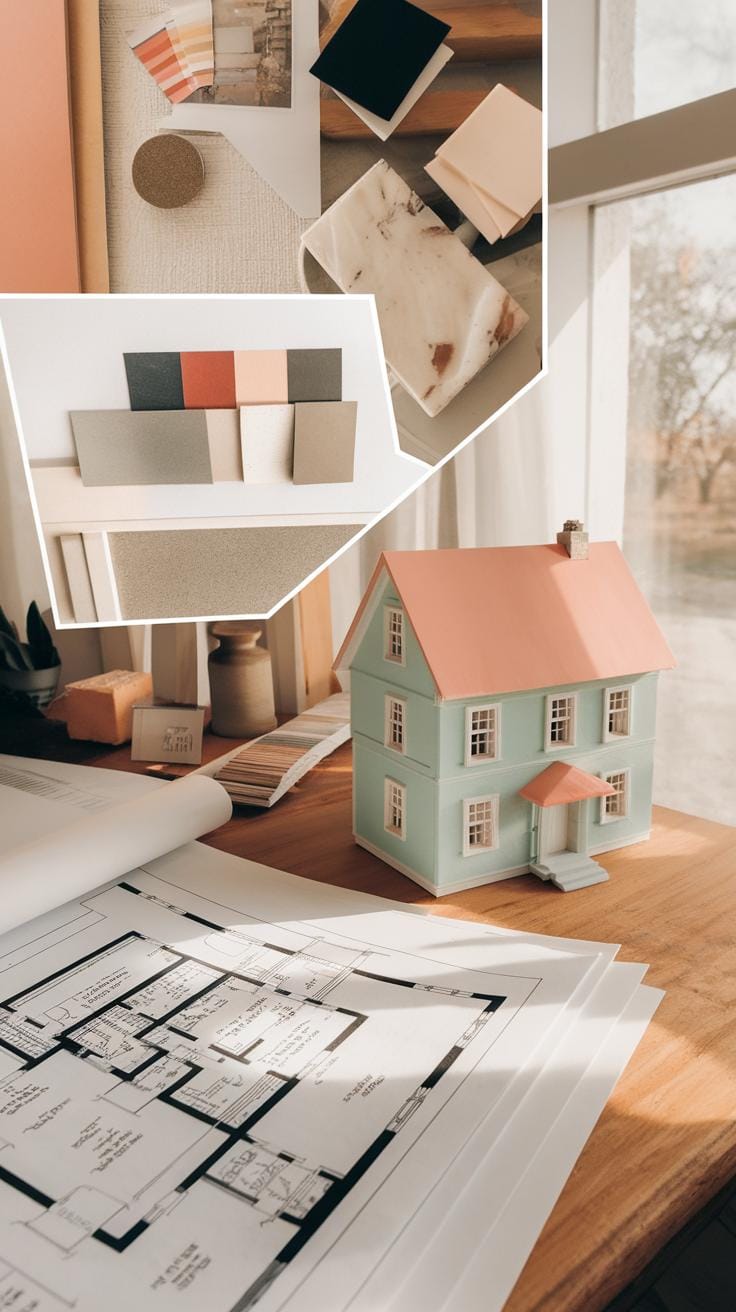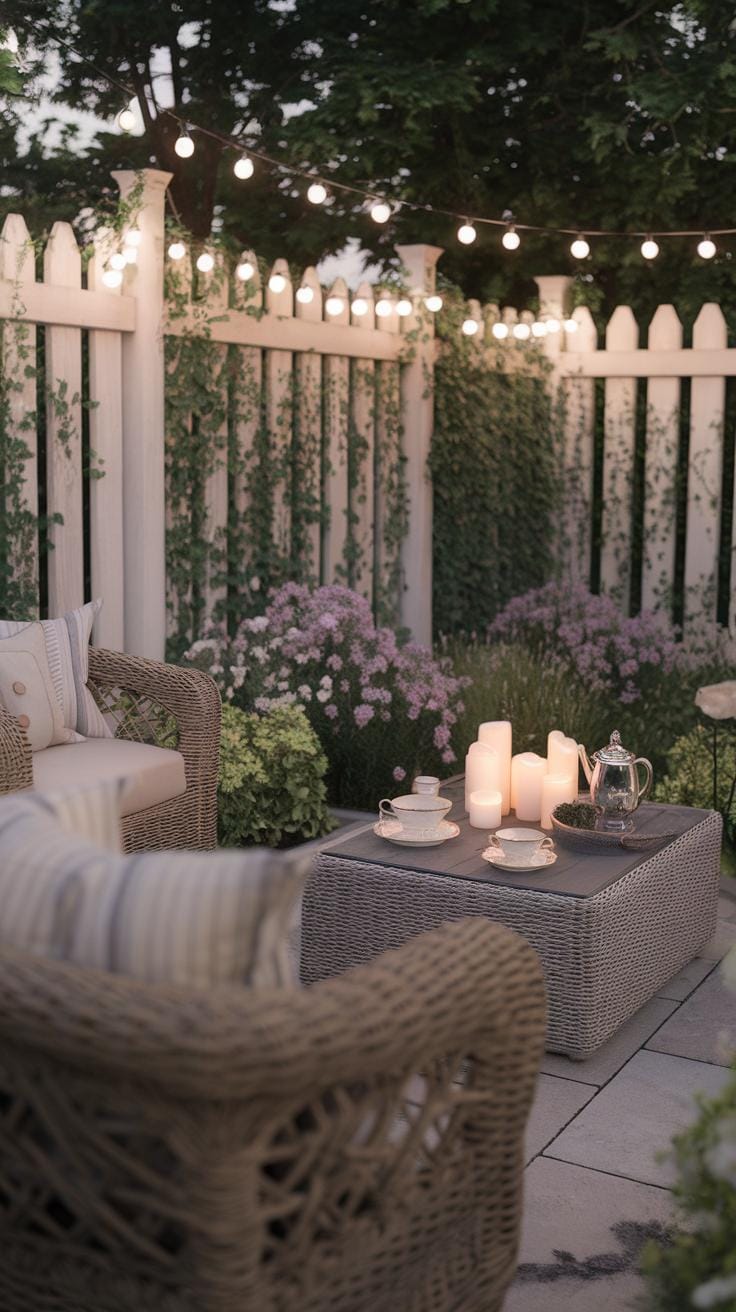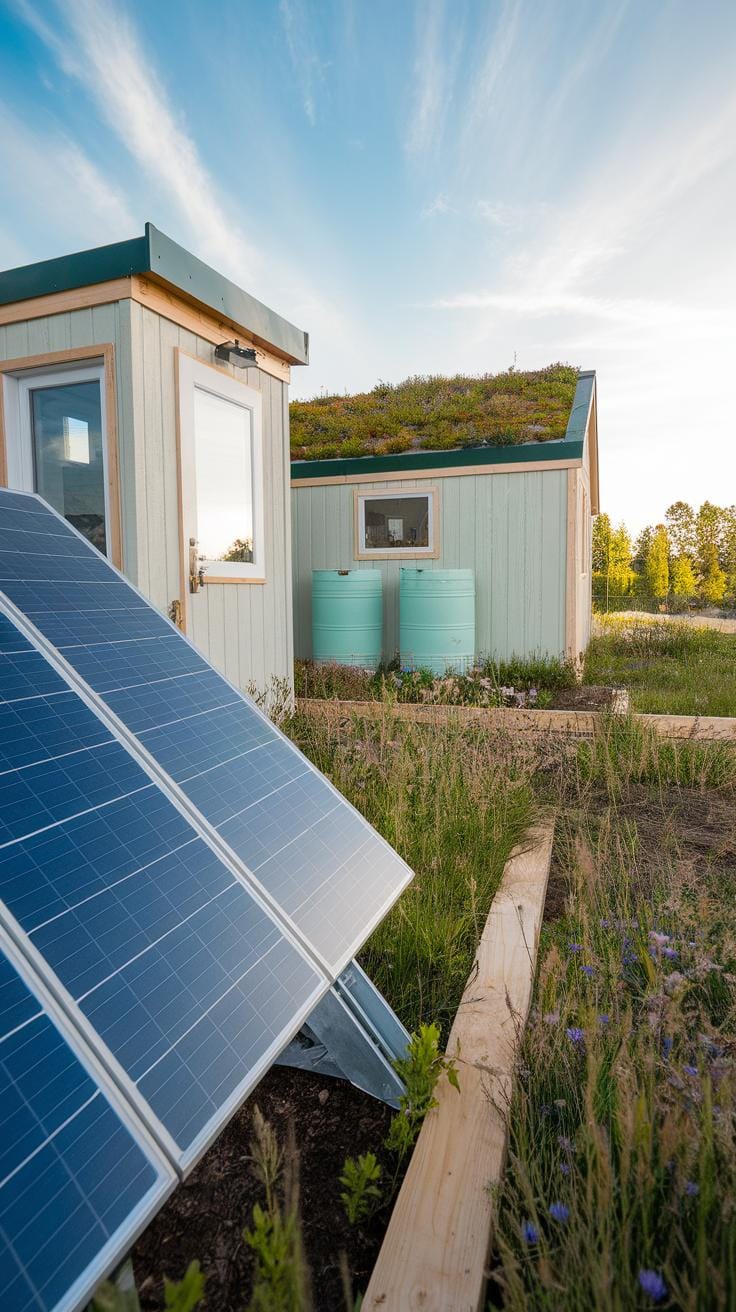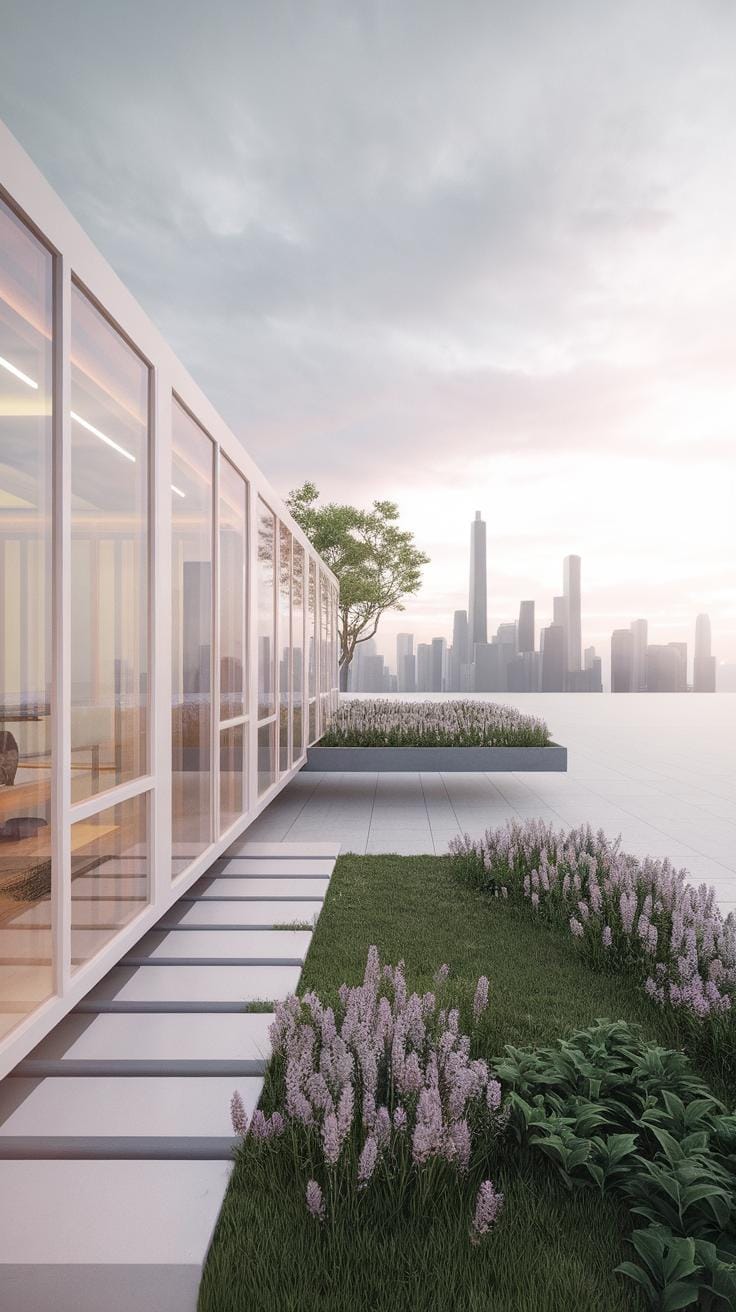Introduction
People across the globe appreciate homes that feel warm, charming, and inviting. Cute houses capture this feeling. These homes often have playful designs, bright colors, and small, efficient spaces. They focus on making the most of limited areas by using smart layouts and creative decoration. Many cute houses emphasize comfort and charm, reflecting the personalities of their owners. The idea of cuteness in homes can be tied to cultural trends, such as the Japanese kawaii style, which highlights simplicity and childlike beauty. Exploring cute houses gives insight into how different cultures express joy and creativity through architecture and interior design.
The appeal of cute houses extends beyond their looks. They offer practical benefits for modern living, especially in crowded cities. Small houses require less energy and resources, making them more sustainable. Architects and designers find innovative ways to add surprises in tiny spaces, like hidden storage and multifunctional furniture. Worldwide, people are rethinking how homes should look and function, valuing coziness and personality. This article guides you through some of the most interesting and adorable homes worldwide, breaking down what makes them special and offering ideas for your own living space.
Understanding What Makes a House Cute
You might wonder what exactly makes a house cute. Often, it’s about size. Small houses feel cozy and approachable. They don’t overwhelm you. When a house uses simple shapes like circles, arches, or basic rectangles, it looks neat and inviting. These shapes give the home a playful and gentle feel.
Color plays a huge role. Soft pastel tones or bright, cheerful colors catch the eye and create a lively atmosphere. When combined with clean designs, they bring a joyful energy to the house. This combination makes you want to step closer or even imagine yourself living there.
Cuteness also depends on the atmosphere inside and out. A house that feels warm and friendly invites you to relax and spend time in it. Think about how a small, well-lit space can make you smile or feel comfortable. What features in your own home make you feel happy and welcome?
Characteristics of Cute Houses
Cute houses often show certain architectural features. Rounded shapes like arched windows or curved roofs soften the look. These curves avoid sharp edges, making the house feel gentle. Compact layouts keep everything within easy reach and make the home feel organized and snug.
Colors matter too. Bright or pastel shades such as soft pink, baby blue, or sunny yellow add a light, playful touch. Imagine a tiny house painted pale blue with white trim—it looks fresh and charming without trying too hard.
Windows and doors also add character. Small, round windows or uniquely shaped doors boost the charm factor. These details can make a house stand out and feel like a tiny piece of art. What simple change could make your own space cuter and more appealing?
The Emotional Impact of Cute Design
Cute houses affect how you feel. They create comfort by offering a friendly space that feels personal and loved. When a home shows signs of care, like handmade decorations or soft textures, it makes you feel connected and relaxed.
These homes often bring out childlike joy. Simple forms and bright colors remind us of fun and innocence. They lower stress by creating a light mood.
When you enter a cute house, you may feel welcome almost immediately. This warmth can improve your mood and encourage positive feelings. Have you noticed how certain spaces or colors can change how you feel? How might your environment shape your daily happiness?
Cultural Influences on Cute Houses Globally
Different cultures shape what makes a house cute in unique ways. Local customs, materials, and beliefs influence home designs, creating distinct expressions of charm and warmth. Cute homes reflect society’s values and history, giving them personal meaning beyond style.
The Japanese kawaii style has a strong impact on how cuteness is seen in architecture. Soft colors, round shapes, and playful details make these homes feel friendly and inviting. This style has spread beyond Japan, inspiring designers worldwide to add warmth and personality to small homes.
Other cultures also show how traditions affect charming houses. Scandinavian cottages use natural wood and simple forms to create cozy, cute retreats. In Mexico, bright tiles and vivid colors inject life and fun into small houses. African huts often combine earthy materials with patterns that tell stories, making them unique and appealing.
When you think about your surroundings, how does culture influence what you find cute in a home? Can you see elements of your heritage in the spaces that feel most welcoming to you?
The Kawaii Aesthetic from Japan
Kawaii means “cute” or “adorable” in Japanese culture. It began with character designs in the 1970s and soon grew to influence fashion, products, and even homes. The kawaii concept focuses on softness, friendliness, and joyful simplicity.
Japanese houses inspired by kawaii use gentle pastel colors, rounded edges, and decorations that look playful but not overwhelming. Tiny balconies, small gardens with miniature figurines, and welcoming doorways invite a feeling of lightheartedness.
Designers outside Japan have adopted kawaii elements to brighten small homes. A room painted in pale pink or walls decorated with simple cartoon shapes captures the same gentle spirit. This style helps create homes that feel like a source of calm and happiness.
Cute Houses in Various Cultures
Other cultures bring their own ideas of cuteness into house design. In the Netherlands, tiny canal houses use steep roofs and colorful shutters that catch the eye with simplicity and charm.
In Taiwan, small homes often have curved tile roofs and intricate wood carvings that add personality and a sense of heritage. These details show pride and warmth linked to family history.
The choice of materials can make a difference too. In Costa Rica, bamboo and palm leaves shape lightweight, eco-friendly houses that feel natural and inviting.
These examples show how culture guides the size, colors, and features that make a house cute. How might your cultural background inspire your own ideas for a cozy, charming home?
Small Spaces with Big Personality
Small houses have grown in popularity because they offer charm without excess. They prove that limited space doesn’t mean limited style or comfort. Cute houses use every inch carefully to create inviting, functional homes.
Space-saving designs often include built-in furniture and smart layouts. For example, a tiny home in Copenhagen uses a fold-out table and a loft bed to maximize living area. Such homes focus on cozy, personal touches that showcase character.
You might ask, how can a small house feel open and not cramped? Clever design lets natural light flow and uses vertical space well. Small houses encourage you to appreciate quality over quantity, making your living space both simple and unique.
The Benefits of Small Homes
Small homes cost less to buy and maintain. This means lower utility bills and fewer repairs over time. You spend less on furniture and décor, saving money while still creating a welcoming environment.
These homes fit well in cities where space is limited. They support a minimalist lifestyle by urging you to keep only what you need. Owning a small home reduces your carbon footprint by using less energy and materials. It’s a practical choice for anyone looking to live simply and responsibly.
Design Tricks for Cozy Spaces
Good design makes small homes comfortable and stylish. Multifunctional furniture, like sofa beds and fold-out desks, offers flexibility and saves space. Built-in shelves and under-stair storage keep rooms clutter-free.
Open floor plans create a sense of roominess by removing unnecessary walls. Mirrors reflect light and visually enlarge the space. Soft colors and consistent lighting also help. When you plan your small home, think about how each piece serves a purpose and keeps the space feeling open.
Materials and Colors That Add Charm
Materials and colors play a strong role in shaping the personality of cute houses. The right textures and hues give these small homes a cozy and inviting feel. When you pick materials like wood or brick, you create a connection to nature and tradition, which adds a sense of comfort. Softer textures balance harder surfaces, making the space easier on the eyes and touch.
Color choices can highlight architectural details or create an overall mood. Using a mix of bright, pastel, or natural tones can brighten a tiny space or settle its atmosphere. Patterns and finishes also help emphasize corners, trim, or windows. Have you noticed how a simple change in color scheme can make a home feel completely different? Your choices in materials and colors shape not just how the house looks, but how you feel inside it.
Using Colors to Create Warmth
Pastel colors add softness that makes small homes feel gentle and calm. Shades like mint green, peach, or baby blue can make rooms look bigger and lighter. Bright colors such as sunny yellow or coral bring energy and happiness, drawing attention to features like shutters or doors. Natural tones, including beige, taupe, and soft grays, ground the design and create a peaceful backdrop.
Colors affect mood. Warm hues invite you to relax, while cooler colors can refresh your mind. Choosing the right color helps highlight the shape and style of your cute house without overwhelming its size. What colors would make you feel most at home? You can use color to highlight the architectural style and create a welcoming environment.
Natural and Traditional Materials
Wood is a favorite for many cute homes because it is easy to work with and adds warmth through texture and tone. Using natural wood for floors, walls, or window frames creates an organic charm. Brick adds history and strength; its rough texture contrasts nicely with smooth surfaces. Stone brings a rustic feel and durability, often seen in foundations or chimneys.
Materials influence comfort too. Wood and stone keep interiors cool in summer and warm in winter. They also age gracefully, gaining character over time. When building or decorating your own small, charming house, consider how these materials bring lasting value and a tactile experience. How could you combine traditional materials to fit your lifestyle and aesthetic?
Innovative Furniture and Decor Ideas
The way you choose furniture and decor plays a big role in making a small house both cute and practical. Compact living needs smart designs that save space while looking nice. Furniture that folds or stacks helps you adjust your space based on the moment. For example, a foldable dining table can free up room when not in use. Multipurpose pieces like storage ottomans give you places to sit and stow away clutter. These choices keep rooms feeling open and tidy without losing charm.
Choosing furniture with soft curves or bright colors can add a playful touch, while natural wood or woven fabrics bring warmth. Think about how each piece fits your daily needs and how it adds to the overall look. How do you balance functionality with style in your home? Small homes challenge you to get creative. This challenge turns into a chance to make furniture part of what makes your living area special.
Space-Saving Furniture Solutions
Space-saving furniture turns small rooms into flexible living spots. Folding chairs and tables disappear when you don’t need them, saving precious floor space. Stackable stools or boxes let you tuck items away neatly and bring them out only when necessary. Wall-mounted desks and shelves keep things off the floor, opening room for other uses.
A daybed that doubles as a sofa and guest bed is a great example. It combines comfort and function without crowding your space. This kind of furniture gives you more freedom to arrange rooms differently depending on your activities. How much space could you reclaim with clever furniture in your house?
Decorating with Personality
Decor adds personality that makes a house feel like home. Small accessories, handmade crafts, and plants show who you are. A shelf full of photo frames, a cozy hand-knitted throw, or a collection of quirky mugs can give your space warmth and identity. Indoor plants bring life and fresh air, plus they fit well on windowsills and shelves.
Try putting your own touch on artwork or using vintage finds to make your home unique. Personal expression helps you enjoy your living space every day. Which small item in your home tells your story best? When you mesh personality with smart design, your house becomes a reflection of you without losing its cute appeal.
Famous Cute Houses Around the World
Some houses become famous because of their charm and design. In Japan, the Kawaii Houses stand out with their bright colors and playful shapes. These homes show how simplicity can be cheerful and inviting. In Denmark, the traditional half-timbered cottages use natural materials and small windows that create warmth and coziness. The history behind these cottages goes back to the 16th century, showing how people lived simply but comfortably.
The Cactus House in Mexico combines modern shapes with desert colors, blending art and environment. Each home tells a story about culture and place. How do these designs influence your idea of a perfect small house? Notable features like steep roofs, flower boxes, or round doors contribute to their appeal. These houses are special because they mix function, history, and cuteness in a way that feels personal and timeless.
Iconic Tiny Homes
Tiny homes have captured attention worldwide with clever layouts and stylish looks. The Minim House in Denmark fits all essentials into less than 200 square feet, proving small can be smart. Its creator, Build Tiny, was inspired by the need for affordable, sustainable living.
In the U.S., the Tiny Tack House features a simple frame and bright interior colors. Its designer focused on maximizing light and space, creating a cheerful atmosphere despite the size. These homes challenge you to think about what really matters in your living space. How much room do you need to feel comfortable? Their compact design offers a fresh approach to housing that saves resources and sparks creativity.
Unique House Styles in Different Regions
Hobbit homes in New Zealand imitate the round, green-roofed houses from Tolkien’s books. These earth-sheltered homes blend with nature and show respect for the local landscape. In England, traditional cottages often showcase stone walls and thatched roofs, reflecting rural life through centuries.
Themed houses like the Mushroom House in New York reveal how storytelling can shape architecture. They invite curiosity and playfulness into living spaces. Cultural influences shape these styles, so each region offers something different. Have you thought about how where you live affects the way your house looks? Recognizing these designs helps you appreciate the link between culture, history, and small home charm.
Planning Your Own Cute House
Setting Goals and Budget
Start by deciding what ‘cute’ means to you. Do you imagine a small cottage with vintage details or a modern home with playful colors? Your style will guide many choices.
Think about the location carefully. A quiet neighborhood offers charm but may cost more. Urban spots provide convenience but space might be tight. How much room do you really need? Size affects both budget and feeling cozy.
Set a clear budget from the beginning. Include costs for land, construction or renovation, materials, and furnishing. Adding a buffer of 10-15% helps cover unexpected expenses.
Ask yourself: What features must my home have? What can I do without? Prioritize essentials to keep the project manageable.
Choosing Design Elements
Select colors that feel fresh and inviting. Soft pastels or warm neutrals often work well. Avoid too many bold colors that could overwhelm a small space.
Choose materials that balance charm and durability. Wood adds warmth, while painted brick or stone can provide texture. Think about upkeep and climate too.
Furniture should be both cute and practical. Look for pieces with clean lines and gentle curves. Multifunctional furniture, like storage benches or fold-out tables, maximizes space.
Mix patterns and textures carefully. A floral curtain paired with simple cushions can create a charming look without clutter.
How do you want to feel in your home? Cozy and bright? Elegant and simple? Let your preferences shape your design choices.
Creating Cozy Outdoor Spaces
A cute home extends beyond its walls. Gardens, patios, and outdoor decorations play a key role in making your home welcoming and charming. Outdoor spaces invite fresh air and light, adding life to small homes or urban settings. They give you a place to relax, socialize, or enjoy nature without leaving your property.
Even limited outdoor areas can feel cozy. A small patio with comfortable seating creates a calm nook. A few plants soften hard edges, bringing nature close. Outdoor decorations like lanterns or colorful cushions add personality and warmth. Thinking about how you use your space helps design it to fit your lifestyle.
What small changes can make your outdoor area feel more inviting? How could your patio or garden reflect your personal taste? Taking steps to create a cozy outdoor environment makes your home feel larger and more complete. These spaces often become the heart of everyday moments.
Small Garden Ideas
Bringing plants outside adds color and life easily. Choose simple plants like herbs, succulents, or flowers that thrive in your climate. They don’t need much space or frequent care. Arrange plants in containers if you lack garden soil, making your setup flexible and neat.
Vertical planting saves space and adds visual interest. Use wall-mounted pots or hanging baskets to create a green wall. This method works well on small balconies or narrow patios. Mixing flowers with greenery brightens your outdoor area and improves the atmosphere.
Think about how much sunlight your space gets before choosing plants. How can you create a small garden that stays healthy and vibrant? Container gardens and vertical planting turn even tiny spots into nature-filled retreats, perfect for relaxing or entertaining.
Outdoor Decor and Lighting
Decorations and lighting give outdoor spaces character. String lights or solar lanterns produce gentle light that feels welcoming and avoids glare. Solar options save energy and are easy to install around gardens and patios.
A simple bench or small table invites you to sit and unwind. Adding cushions or rugs makes seating comfortable and stylish. Garden ornaments, such as birdbaths or wind chimes, add charm without crowding space.
Keep safety in mind. Place lights where they won’t trip anyone and choose weather-resistant materials. Regularly clean and check for damage to maintain the look and function of your outdoor area. How could thoughtful decor change the way you enjoy your home’s outside space?
Sustainable Living in Cute Houses
You can make your cute home sustainable by focusing on how it uses energy, the materials it’s made from, and how it reduces waste. Small homes often need less energy, but there are ways to cut even more. Choosing natural light, using energy-efficient appliances, and managing waste carefully help keep your home green. Many tiny houses include composting toilets and water-saving fixtures, which lower water use and pollution. When you pick where and how to build, choose sites that cause less harm to the environment. Small, charming homes can prove that living simply and kindly on the planet go hand in hand. Have you thought about how your cozy home can leave a lighter footprint?
Energy Saving Tips
Insulation keeps your home warm in winter and cool in summer without using much power. Thick, well-fitted insulation blocks heat loss through walls, floors, and ceilings. Solar power is a smart way to reduce electricity bills. You can install solar panels even on small roofs. They provide clean energy and pay off over time. Choose appliances that use less electricity but still do the job well. LED lights, energy star-rated refrigerators, and water heaters save money and reduce your carbon footprint. Simple acts like turning off lights when not needed or sealing door gaps stop energy waste. How much could you save by making small changes in your energy use?
Eco-Friendly Building Materials
Bamboo grows quickly and is strong, making it a great eco-friendly building choice. It absorbs more carbon dioxide than many trees, helping the environment. Recycled wood can come from old buildings, saving trees and cutting landfill waste. Low-impact paints without harmful volatile organic compounds (VOCs) improve indoor air quality and protect your health. Natural fibers, cork, and earth-based plasters bring comfort and reduce toxins in your home. Choosing materials that last and break down naturally helps cut waste after your home’s life ends. What if every cute house used building parts that benefit your health and the planet?
Future Trends in Cute House Design
Smart homes are changing how you live in small, charming spaces. Automation helps manage lighting, heating, and security with simple apps or voice commands. This control makes everyday life easier and saves energy, which also reduces bills. For example, some cute homes use smart thermostats that learn your schedule to keep rooms cozy without waste. Imagine arriving home to a perfectly lit space that turns off by itself when you leave.
Modular building is gaining ground for creating cute houses fast and affordably. These homes come in pieces that fit together like building blocks, allowing flexible layouts and easy expansion. Some communities use this method to build clusters of small homes sharing gardens or playgrounds. This approach encourages social interaction and makes the most of limited space.
What if your home was not just cute but part of a vibrant community? Designs focusing on shared spaces—like patios and workshops—help neighbors connect. This mix of private and communal areas adds charm and livability to small houses, making them feel larger and friendlier. Could your next home balance your privacy with chances to meet new friends?
Smart Technology Integration
Smart technology turns small houses into efficient living spaces. You gain control over appliances, lighting, and heating through your phone or smart speakers. Automation adjusts energy use based on when you are home or asleep, cutting waste and lowering costs. Some smart homes even monitor air quality to keep your space healthy.
In tight spaces, smart gadgets help you save room. For instance, smart fridges can help you organize food, while multi-use devices replace several tools. These innovations make your home feel larger and more useful without adding clutter. How could easy-to-use smart tools improve your daily routine in a small home?
Modular and Community Focused Homes
Modular homes use factory-built units that connect to form complete houses. This speeds up construction and reduces waste. Because modules are uniform, it is easier to maintain a cute and consistent style. You can also reconfigure or expand your home as your needs change.
Community living spaces designed around modular homes support social life and shared resources. Shared gardens, workshops, or play areas offer fun and convenience while reducing individual costs. These designs encourage neighbors to work together, sharing tools or hosting events. How might living close to others in a small, cute community affect your lifestyle and sense of belonging?
Conclusions
Seeing cute houses from around the world highlights the blend of creativity and practicality. These homes prove that small spaces can be comfortable and stylish if designed with care. Different cultures bring unique touches to their homes, using colors, shapes, and materials that tell a story. The charm of these houses shows how architecture and decoration can affect daily life, making spaces feel more joyful. When you look at these homes, consider how you can add personal touches and clever solutions to your space to make it both beautiful and functional.
Planning your own cute house or decorating your home with a similar spirit means focusing on what matters most: comfort, creativity, and personality. You might find new ideas for space-saving or colorful decor by studying these examples. The charm of cute houses comes from the details that make them unique, whether a small garden, cozy nook, or playful paint. Embrace these ideas to enhance your home’s atmosphere, making it a place where you feel happy and inspired every day.

